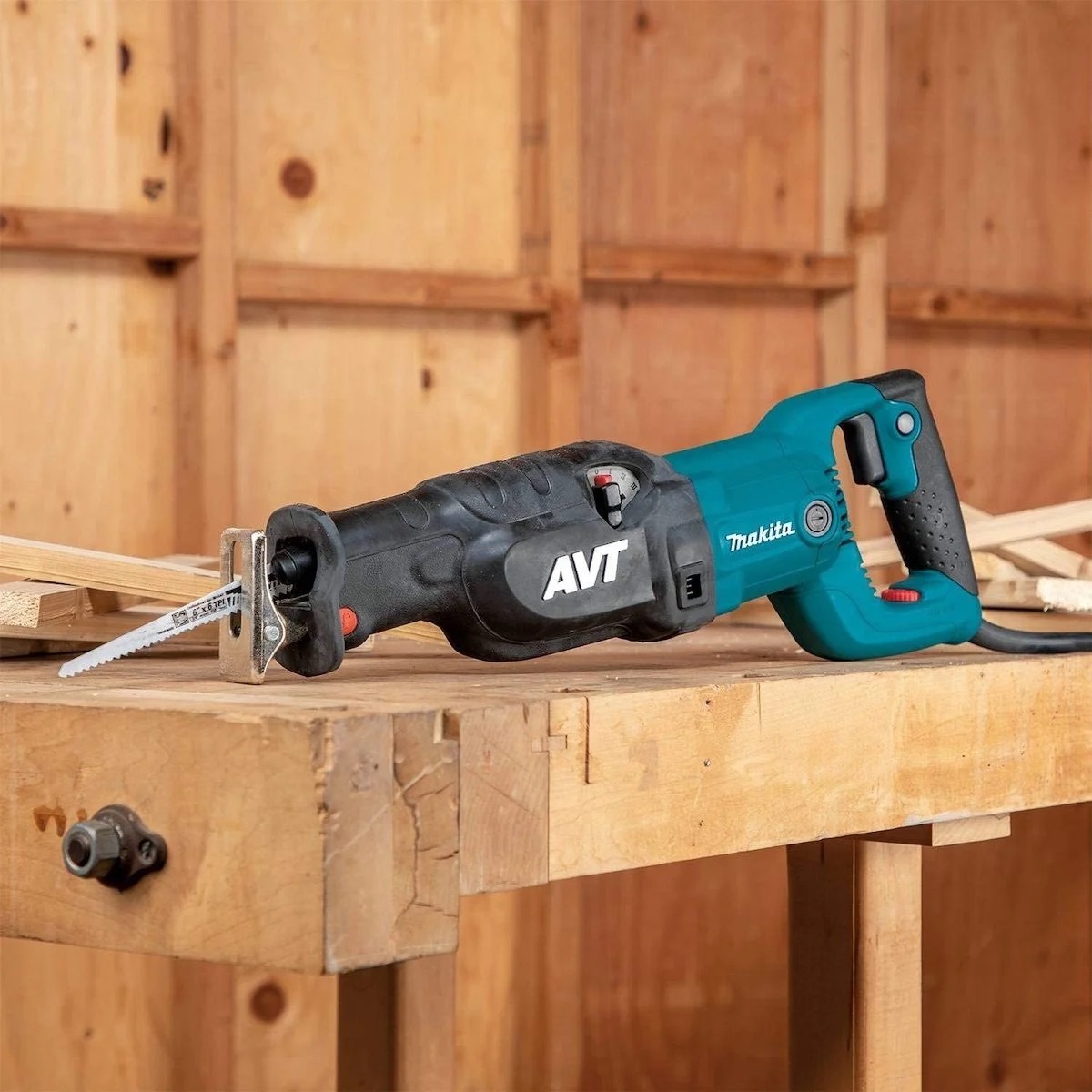

Articles
Where Are Makita Hand Tools Made
Modified: January 8, 2024
Discover the origin of Makita hand tools. In this informative article, you'll learn where Makita hand tools are made and the quality behind their manufacturing process.
(Many of the links in this article redirect to a specific reviewed product. Your purchase of these products through affiliate links helps to generate commission for Storables.com, at no extra cost. Learn more)
Introduction
Welcome to the world of Makita Hand Tools, where quality and reliability meet innovation and craftsmanship. Makita has been a leading manufacturer of power tools for over 100 years, and their hand tools are no exception. Whether you are a professional tradesperson or a dedicated DIY enthusiast, Makita offers a wide range of hand tools to meet all your needs.
In this article, we will explore the fascinating world of Makita hand tools and delve into the question: Where are Makita hand tools made? We will take a journey through the history of Makita, their global manufacturing operations, and the different locations where their hand tools are produced.
From the birth of the brand in Japan to their expansion into China and the United States, Makita has built a reputation for producing high-quality hand tools that are trusted and revered by professionals around the world. Join us as we uncover the secrets behind the production of Makita hand tools and the factors that influence the choice of manufacturing locations.
So, grab your favorite Makita hand tool and let’s dive into the fascinating world of Makita craftsmanship!
Key Takeaways:
- Makita hand tools are manufactured in Japan, China, and the United States, leveraging the unique strengths of each location to meet the diverse needs of professionals worldwide while maintaining the brand’s commitment to quality and innovation.
- Makita’s dedication to quality control is evident through stringent measures, including supplier evaluation, in-house testing, advanced technology, continuous improvement, and compliance with international standards, ensuring that every hand tool delivers the highest standards of performance, reliability, and durability.
Read more: Where Are Snap-On Hand Tools Made
History of Makita Hand Tools
The story of Makita hand tools began in 1915, when Mosaburo Makita founded the Makita Electric Works in Nagoya, Japan. Originally, the company focused on electric motors and transformers, but it wasn’t until the 1950s that they ventured into the power tool industry.
Makita’s first breakthrough came in 1958 with the launch of their first electric planer, a groundbreaking innovation in the woodworking industry. This success paved the way for Makita to expand its product line and establish itself as a leading manufacturer of power tools.
By the 1960s, Makita had gained widespread recognition in Japan and began exporting their power tools to countries around the world. The 1970s saw further expansion with the introduction of their first cordless tools, revolutionizing the way professionals work.
In the 1980s, Makita continued to innovate and introduce new technologies, such as the world’s first lithium-ion battery-powered tools. This advancement solidified Makita’s position as an industry leader in cordless power tools.
In recent years, Makita has embraced advancements in technology and has integrated smart features into their hand tools. This includes brushless motor technology for increased efficiency and longer tool life, as well as Bluetooth connectivity for enhanced tool tracking and control.
Throughout their history, Makita has maintained a strong focus on research and development, constantly pushing the boundaries of what is possible in the power tool industry. They pride themselves on delivering tools that are not only powerful and durable but also ergonomically designed for user comfort.
Today, Makita offers a comprehensive range of hand tools, including drills, saws, grinders, sanders, and more. Their commitment to quality and innovation has earned them a loyal following among professionals and enthusiasts alike.
Now that we have a glimpse into the history of Makita hand tools, let’s explore where these exceptional tools are manufactured and discover the global footprint of Makita’s operations.
Global Manufacturing Operations
Makita’s commitment to delivering high-quality hand tools extends beyond their home country of Japan. With a global presence, Makita operates manufacturing facilities in various countries to meet the demand for their products worldwide.
Makita’s global manufacturing operations are strategically located to optimize production efficiency, reduce costs, and ensure prompt delivery of their hand tools. By having manufacturing facilities in different regions, Makita can cater to specific markets and adapt to local needs and regulations.
These manufacturing facilities operate under strict quality control measures to uphold Makita’s reputation for excellence. Each facility adheres to rigorous manufacturing standards and undergoes regular audits to ensure that the highest level of quality is maintained across all products.
Let’s take a closer look at some of the key manufacturing locations where Makita hand tools are produced.
Makita Hand Tools Made in Japan
Being the birthplace of the brand, it is no surprise that Makita hand tools are still manufactured in Japan. Makita has several manufacturing facilities located in Japan, where they produce a wide range of hand tools, including drills, saws, drivers, and more.
Makita’s commitment to Japanese craftsmanship is evident in their attention to detail and precision engineering. These hand tools are known for their durability, performance, and superior build quality.
Makita Hand Tools Made in China
In response to the growing global demand for Makita hand tools, the company established manufacturing operations in China. The facilities in China focus on producing a range of hand tools and accessories to cater to both domestic and international markets.
Makita’s manufacturing facilities in China follow the same stringent quality control measures as their Japanese counterparts. This ensures that the hand tools produced in China meet the same high standards that Makita is known for.
Read more: Where Are Pittsburgh Hand Tools Made
Makita Hand Tools Made in the United States
In order to effectively serve the North American market and comply with local regulations, Makita set up manufacturing operations in the United States. These facilities produce a variety of hand tools specifically designed for the needs of professionals in North America.
Makita’s manufacturing presence in the United States allows for quicker delivery of their hand tools to local customers, reducing lead times and ensuring a seamless supply chain.
By strategically establishing manufacturing facilities in different regions, Makita can cater to the specific needs of diverse markets while maintaining consistent quality. This global manufacturing footprint enables Makita to deliver reliable and high-performing hand tools to professionals worldwide.
Next, we will explore the factors that influence the choice of manufacturing locations for Makita hand tools.
Makita Hand Tools Manufacturing Locations
Makita hand tools are manufactured in several locations around the world to meet the demands of global markets. These manufacturing locations are carefully chosen based on various factors, including proximity to key markets, cost-effectiveness, and manufacturing capabilities.
Let’s take a closer look at the different manufacturing locations where Makita hand tools are produced:
Japan
As the birthplace of Makita, Japan has a significant manufacturing presence for Makita hand tools. The company operates multiple manufacturing facilities in Japan, utilizing advanced technology and skilled craftsmanship to produce high-quality tools. The hand tools made in Japan are known for their precision, durability, and attention to detail.
China
China plays a crucial role in Makita’s manufacturing operations. The company has established manufacturing facilities in China to cater to the growing demand for their hand tools in both domestic and international markets. These facilities leverage the country’s manufacturing capabilities, allowing for cost-effective production while maintaining stringent quality standards.
Read more: Where Are Matco Hand Tools Made
United States
Makita recognizes the importance of manufacturing hand tools closer to their North American customer base. To serve this market effectively and comply with local regulations, Makita operates manufacturing facilities in the United States. These facilities enable quicker delivery and customization of hand tools to meet the specific requirements of professionals in North America.
By strategically distributing manufacturing facilities across different regions, Makita is able to optimize production, reduce costs, and ensure prompt delivery to their customers around the globe.
The choice of manufacturing location for Makita hand tools is influenced by various factors:
Proximity to Market
Establishing manufacturing facilities close to key markets allows Makita to reduce transportation costs and delivery times. Being in close proximity to the market also enables the company to better understand customer needs and ensure that their hand tools are tailored to meet specific demands.
Cost-Effectiveness
The cost of manufacturing is a crucial consideration for any global manufacturer. Makita strategically selects manufacturing locations that offer competitive labor costs, access to raw materials, and efficient production processes to optimize cost-effectiveness without compromising on quality.
Manufacturing Capabilities
Makita assesses the manufacturing capabilities of different regions to ensure that they have the necessary infrastructure, technology, and skilled workforce to produce high-quality hand tools. The company’s commitment to maintaining consistent standards across all manufacturing locations ensures that professionals can trust the reliability and performance of Makita hand tools regardless of their origin.
Through their global manufacturing operations, Makita is able to cater to the diverse needs of professionals worldwide, delivering reliable and innovative hand tools that are built to withstand the rigors of any job.
With an understanding of the manufacturing locations and the factors influencing their choice, let’s explore the quality control measures implemented by Makita to ensure the excellence of their hand tools.
Read more: Where Are Stanley Hand Tools Made
Makita Hand Tools Made in Japan
When it comes to Makita hand tools, the “Made in Japan” label carries a sense of prestige and quality. The company takes great pride in manufacturing a significant portion of its hand tools in Japan, leveraging the country’s renowned reputation for precision engineering and craftsmanship.
Makita’s commitment to producing hand tools in Japan reflects their dedication to delivering top-notch quality and durability. The hand tools made in Japan undergo meticulous manufacturing processes, ensuring that every tool meets the rigorous standards that professionals expect from Makita.
One of the key reasons behind producing hand tools in Japan is the rich heritage of craftsmanship and engineering excellence that the country is known for. Japanese manufacturers have long been recognized for their attention to detail, precision, and commitment to producing long-lasting products.
Furthermore, Makita’s manufacturing facilities in Japan boast state-of-the-art equipment and technology, allowing for the creation of innovative designs and advanced features. These facilities employ highly skilled workers who specialize in different aspects of the manufacturing process, from forging and machining to assembly and quality control.
Another advantage of producing hand tools in Japan is the adherence to strict quality control measures. Makita’s Japanese facilities have well-established quality control systems in place to ensure that only the highest-quality hand tools leave the production line. All tools undergo rigorous testing and inspection at each stage of the manufacturing process, from raw materials to the finished product.
By manufacturing hand tools in Japan, Makita can closely monitor and control every aspect of the production process. This level of oversight allows the company to consistently deliver hand tools that meet their renowned standards of excellence.
Many professionals around the world gravitate towards Makita hand tools made in Japan for their superior build quality, precision, durability, and performance. Whether it’s a powerful cordless drill, a versatile saw, or a dependable driver, Makita hand tools made in Japan are trusted by professionals across industries.
It’s worth noting that while Makita produces a significant portion of its hand tools in Japan, the company also has manufacturing facilities in other locations around the world to meet global demand and cater to specific markets. However, the commitment to maintaining the highest standards of quality and craftsmanship remains consistent across all manufacturing locations.
Now that we’ve explored the hand tools made in Japan, let’s take a look at the production of Makita hand tools in China, another significant manufacturing hub for the brand.
Makita Hand Tools Made in China
China plays a vital role in the manufacturing operations of Makita hand tools. The company has established manufacturing facilities in China to meet the growing demand for their products, both domestically and internationally. Makita’s presence in China allows them to efficiently produce hand tools while maintaining strict quality control measures.
One of the primary reasons for manufacturing hand tools in China is the country’s robust manufacturing capabilities. China has a well-developed infrastructure, access to raw materials, and a skilled workforce, making it an ideal location for producing high-quality tools at a competitive cost.
Makita’s manufacturing facilities in China adhere to the same stringent quality control measures and manufacturing standards as their facilities in Japan. This ensures that the hand tools produced in China meet the same high-quality standards that Makita is renowned for.
The hand tools made in China undergo a rigorous manufacturing process that involves precision engineering, meticulous assembly, and thorough testing. Skilled technicians and craftsmen bring their expertise to every step of the manufacturing process, ensuring that each tool is built to perform at its best.
Makita’s commitment to quality extends to their suppliers as well. The company carefully selects and collaborates with trusted suppliers in China to ensure the availability of high-quality raw materials and components for the manufacturing process. This helps maintain the integrity and reliability of the hand tools produced.
By manufacturing hand tools in China, Makita can efficiently serve the growing demand in the Asian market as well as export their products to other parts of the world. The proximity to key markets allows for faster delivery times and a more streamlined supply chain.
Makita’s manufacturing facilities in China also enable the production of a wide range of hand tools and accessories, providing professionals with a comprehensive lineup to choose from. Whether it’s power drills, impact wrenches, angle grinders, or other hand tools, Makita ensures that their products meet the diverse needs of professionals in different industries.
Professionals around the world trust Makita hand tools made in China for their reliability, performance, and durability. These tools have made a significant impact in the construction, woodworking, automotive, and other industries, catering to professionals who seek quality tools for their demanding tasks.
It’s important to note that while Makita produces hand tools in China, they also have manufacturing facilities in Japan and the United States. This diversified manufacturing approach allows Makita to meet the needs of professionals worldwide while maintaining their commitment to quality and innovation.
Now let’s turn our attention to the manufacturing of Makita hand tools in the United States, an important market for the brand.
Makita Hand Tools Made in the United States
As a global leader in the power tool industry, Makita recognizes the importance of manufacturing hand tools closer to their North American customer base. To effectively serve this market and comply with local regulations, Makita operates manufacturing facilities in the United States, producing a variety of hand tools specifically designed for professionals in North America.
The decision to manufacture hand tools in the United States reflects Makita’s commitment to meeting the unique needs and preferences of the North American market. By having local manufacturing capabilities, Makita can adapt their tools to the specific requirements of professionals in this region.
The manufacturing facilities in the United States follow Makita’s stringent quality control measures and uphold the same high standards as their facilities in Japan and China. This ensures that the hand tools produced in the United States meet the renowned quality and durability that Makita is known for worldwide.
Makita’s manufacturing operations in the United States enable quicker delivery of hand tools to North American customers, reducing lead times and ensuring a seamless supply chain. This localization also allows Makita to provide excellent customer support, quick repairs, and readily available spare parts to professionals in this region.
By producing hand tools in the United States, Makita can cater to the specific needs of North American professionals. This includes understanding the unique requirements of various industries, complying with local safety standards, and delivering tools that are designed to withstand the demanding work environments of North America.
The hand tools made in the United States encompass a wide range of products, including power drills, impact drivers, saws, and more. These tools are engineered with precision, reliability, and performance in mind, providing professionals with the tools they need to get the job done efficiently and effectively.
Manufacturing hand tools in the United States also allows Makita to contribute to the local economy by providing job opportunities and investing in the local community. The company’s presence in the United States strengthens their commitment to supporting the needs of the North American market.
Professionals across various industries rely on Makita hand tools made in the United States for their exceptional quality, durability, and performance. From construction sites to workshops, these tools have proven to be reliable companions for professionals who demand the best.
It’s important to note that while Makita manufactures hand tools in the United States, they also have production facilities in Japan and China. This diverse manufacturing approach ensures that Makita can meet the demands of professionals worldwide while delivering the same level of quality and innovation.
Now that we’ve explored the manufacturing locations of Makita hand tools, let’s move on to discussing the factors that influence the choice of these locations.
Factors Influencing the Choice of Manufacturing Locations
When it comes to choosing the manufacturing locations for Makita hand tools, several factors come into play. These factors are carefully assessed to ensure that the selected locations can meet the demand for high-quality tools while maintaining efficiency and cost-effectiveness. Let’s explore some of the key factors influencing the choice of manufacturing locations:
Read more: Where Are Porter Cable Hand Tools Made?
Proximity to Markets
Makita considers the proximity to key markets as a crucial factor when deciding on manufacturing locations. By having manufacturing facilities closer to their target markets, Makita can reduce transportation costs and delivery times, ensuring that professionals have quick access to their tools. Proximity to markets also allows for better understanding of customer needs and ensures that the hand tools produced are tailored to meet specific demands.
Cost-Effectiveness
The cost-effectiveness of manufacturing is an important consideration for any global manufacturer. Makita carefully evaluates the labor costs, availability of raw materials, taxation, and overall production costs in potential manufacturing locations. By selecting locations that offer cost advantages without compromising on quality, Makita can ensure that their hand tools remain competitively priced for their professional customers.
Manufacturing Capabilities
The manufacturing capabilities of a potential location play a crucial role in the decision-making process. Makita looks for locations that have the necessary infrastructure, technology, and skilled workforce to produce high-quality hand tools efficiently. Advanced manufacturing capabilities enable Makita to innovate, develop new products, and improve existing ones to meet the evolving needs of professionals.
Access to Suppliers
Another factor influencing the choice of manufacturing locations is the availability of reliable suppliers. Makita strives to work with suppliers that can provide high-quality raw materials, components, and parts. Having a well-established supply chain in close proximity to the manufacturing facilities ensures a streamlined production process and helps maintain the integrity and consistency of the hand tools produced.
Read more: What Are Hand Tools Made Of
Regulatory Compliance
Complying with local regulations and standards is a priority for Makita. They consider the regulatory environment of potential manufacturing locations to ensure that the production processes align with local requirements. Adhering to these regulations ensures the safety and quality of the hand tools while maintaining compliance with regional and international standards.
Strategic Distribution
Makita strategically distributes their manufacturing facilities across different regions to optimize production, reduce costs, and ensure prompt delivery. This diversified approach allows for flexibility in meeting market demands while mitigating risks associated with relying on a single manufacturing location.
By carefully evaluating these factors, Makita can select the most suitable manufacturing locations to meet the demands of their global customer base. Whether it’s in Japan, China, the United States, or other locations, each manufacturing facility is chosen with the goal of delivering reliable, high-quality hand tools that professionals can rely on.
Now that we understand the factors influencing the choice of manufacturing locations, let’s explore the quality control measures implemented by Makita to ensure the excellence of their hand tools.
Quality Control Measures
Makita places great emphasis on quality control to ensure that their hand tools meet the highest standards of excellence. From the procurement of raw materials to the final inspection of finished products, Makita implements stringent quality control measures at every stage of the manufacturing process. Let’s explore some of the key quality control measures adopted by Makita:
Supplier Evaluation and Quality Assurance
Makita works closely with their suppliers to ensure the consistent quality of raw materials and components used in the manufacturing process. Suppliers undergo a strict evaluation process, including quality audits and adherence to Makita’s quality standards. This helps maintain the integrity and reliability of the hand tools produced.
In-House Testing and Inspection
Makita conducts comprehensive testing and inspection within their manufacturing facilities. This includes rigorous performance testing, durability tests, and safety evaluations to ensure that every hand tool can withstand the demanding conditions of professional use. Inspections are conducted at various production stages to identify and address any potential defects or deviations from quality standards.
Advanced Manufacturing Technology
Makita leverages advanced manufacturing technology to enhance the precision and reliability of their hand tools. Computerized systems and automated processes are employed to achieve consistent quality and eliminate variations caused by human error. This technology allows for better control over critical dimensions, tolerances, and overall product quality.
Continuous Process Improvement
Makita embraces a culture of continuous improvement to refine their manufacturing processes and enhance product quality. They regularly review and analyze production data, seeking opportunities to optimize efficiency and eliminate defects. This commitment to continuous improvement ensures that Makita hand tools consistently meet or exceed customer expectations.
Certifications and Compliance
Makita hand tools are compliant with a range of international and industry-specific standards. The company invests in obtaining certifications and adhering to regulations to ensure the safety, reliability, and performance of their tools. This includes certifications such as the International Organization for Standardization (ISO) and compliance with regional safety and quality standards.
Read more: Who Made Craftsman Hand Tools
Customer Feedback and Warranty Programs
Makita values customer feedback and actively seeks input to improve their hand tools. They have established warranty programs that allow customers to provide feedback on any issues encountered with their tools. This feedback is invaluable for identifying areas of improvement and ensuring that the necessary steps are taken to address customer concerns.
By implementing these robust quality control measures, Makita ensures that their hand tools are dependable, durable, and manufactured to the highest standards. Professionals can trust in the reliability and performance of Makita hand tools, allowing them to tackle their projects with confidence.
With a strong focus on quality control, Makita continues to innovate and refine their manufacturing processes to meet the evolving needs of professionals. This commitment to excellence has earned them a reputation as a trusted brand among professionals in industries worldwide.
As we conclude our exploration of Makita hand tools and their manufacturing processes, we can appreciate the dedication and attention to detail that goes into producing the reliable tools professionals rely on every day.
Conclusion
Makita hand tools have firmly established themselves as a symbol of quality, innovation, and durability in the power tool industry. With a rich history spanning over a century, Makita has evolved into a global leader, trusted by professionals and enthusiasts alike.
In our journey through the world of Makita hand tools, we explored the brand’s manufacturing operations across different countries. From their roots in Japan to their expansion into China and the United States, Makita strategically chooses manufacturing locations to meet the demands of their global customer base.
Makita hand tools made in Japan are renowned for their precision, craftsmanship, and attention to detail. The robust manufacturing facilities in Japan ensure that every tool is meticulously crafted to meet the highest standards of quality.
In addition, Makita’s manufacturing operations in China and the United States allow the brand to efficiently serve the growing demand in these regions. These facilities follow stringent quality control measures and produce hand tools tailored to meet the specific needs of professionals in their respective markets.
Various factors influence the choice of Makita’s manufacturing locations, including proximity to markets, cost-effectiveness, manufacturing capabilities, access to suppliers, and regulatory compliance. These considerations enable Makita to optimize production efficiency, reduce costs, and maintain consistent quality across all manufacturing facilities.
Makita’s commitment to quality control is evident through their rigorous testing and inspection processes, supplier evaluation, continuous process improvement, and compliance with international standards. These measures ensure that every hand tool bearing the Makita name meets the highest standards of performance, reliability, and durability.
Professionals worldwide trust Makita hand tools to help them tackle their most demanding jobs. With a comprehensive range of power tools, made with precision, built to perform, and backed by a commitment to excellence, Makita continues to innovate and provide professionals with the tools they need to succeed.
As we conclude our exploration of Makita hand tools, we can appreciate the brand’s dedication to delivering exceptional tools that professionals rely on. From the manufacturing facilities in Japan, China, and the United States to the strict quality control measures implemented, Makita remains a trusted companion for professionals in their pursuit of excellence.
So, whether you find yourself using a Makita hand tool made in Japan, China, or the United States, you can trust that it will be a reliable partner in your professional endeavors.
Frequently Asked Questions about Where Are Makita Hand Tools Made
Was this page helpful?
At Storables.com, we guarantee accurate and reliable information. Our content, validated by Expert Board Contributors, is crafted following stringent Editorial Policies. We're committed to providing you with well-researched, expert-backed insights for all your informational needs.
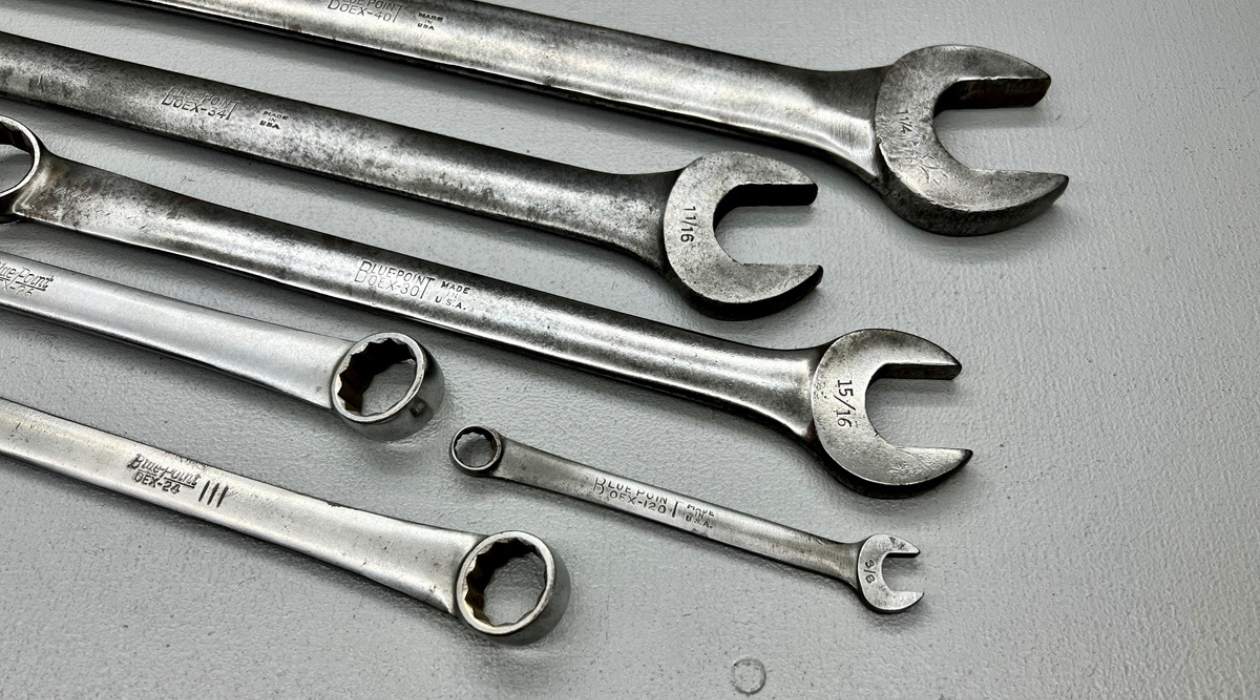
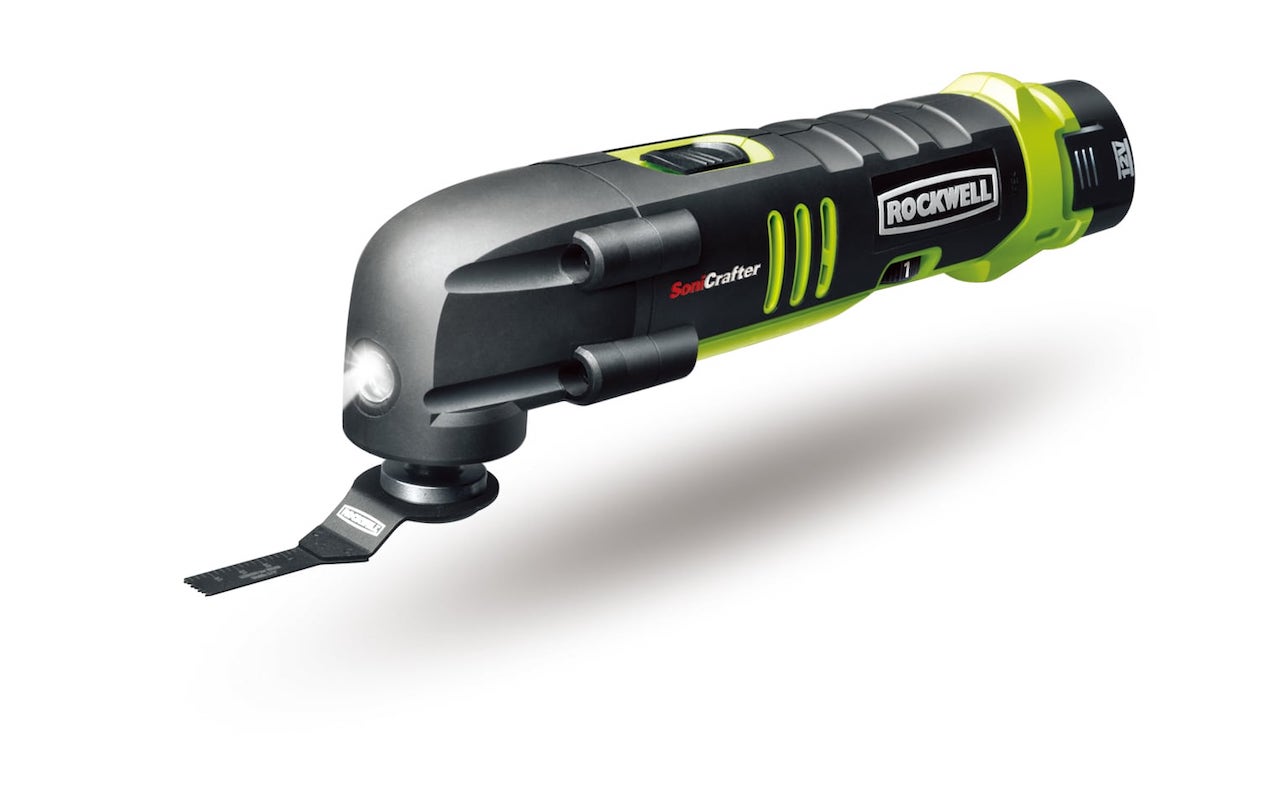
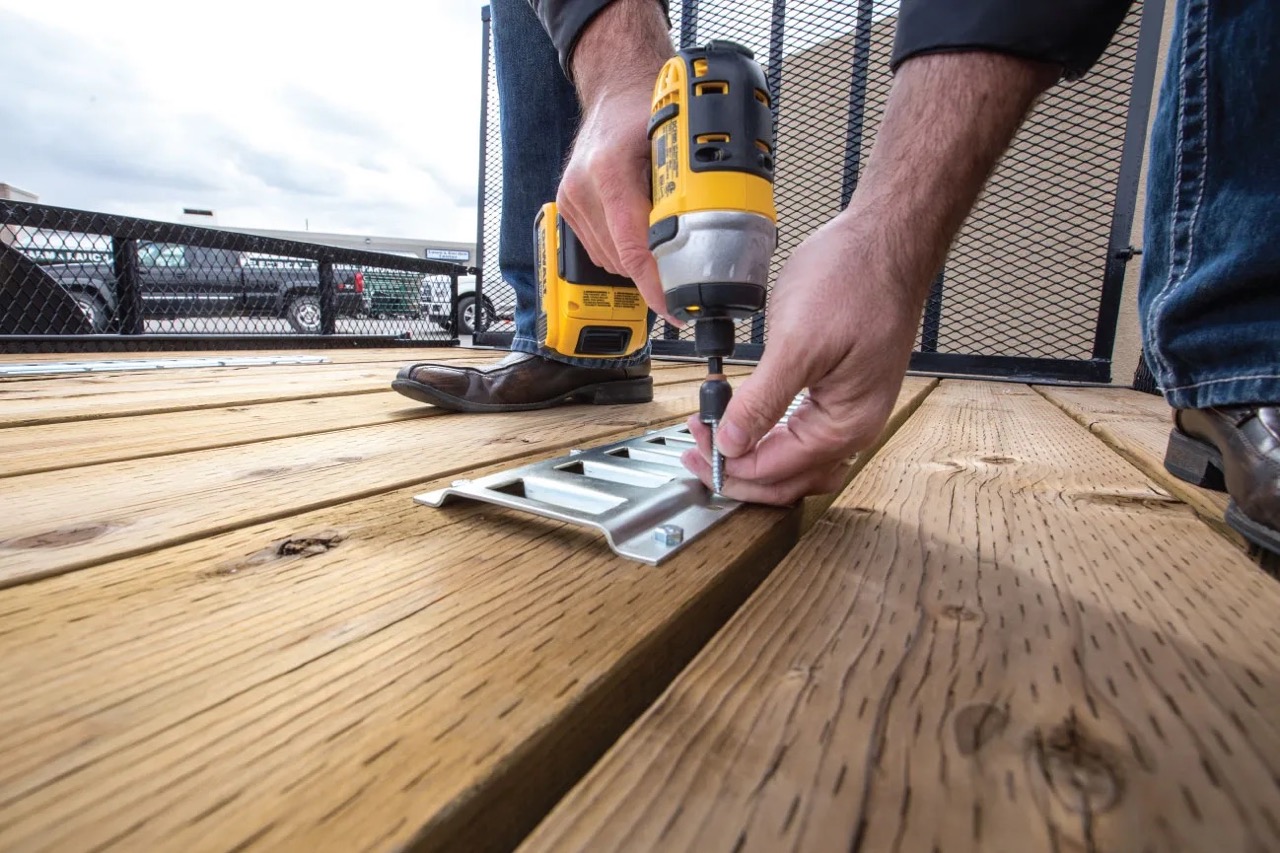
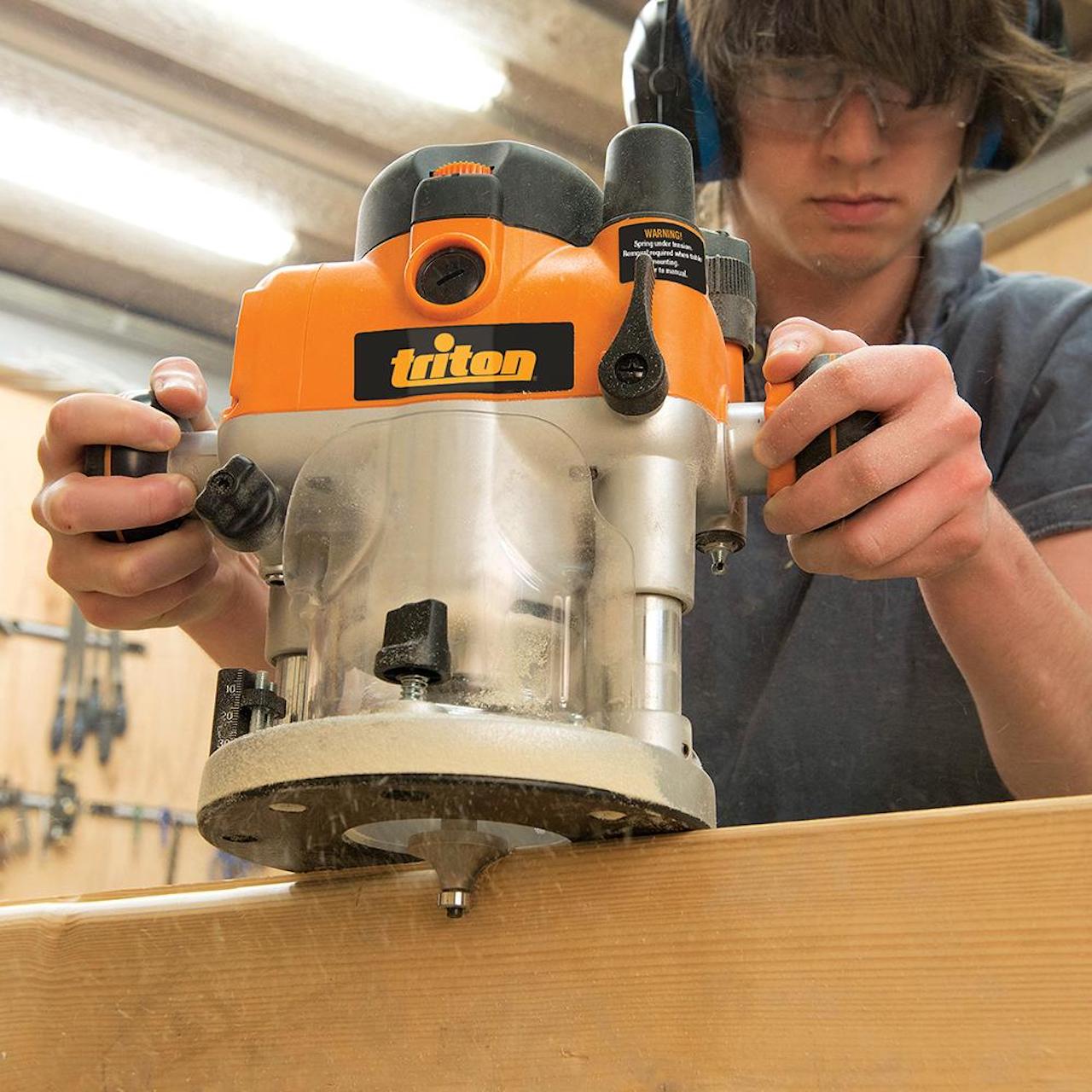
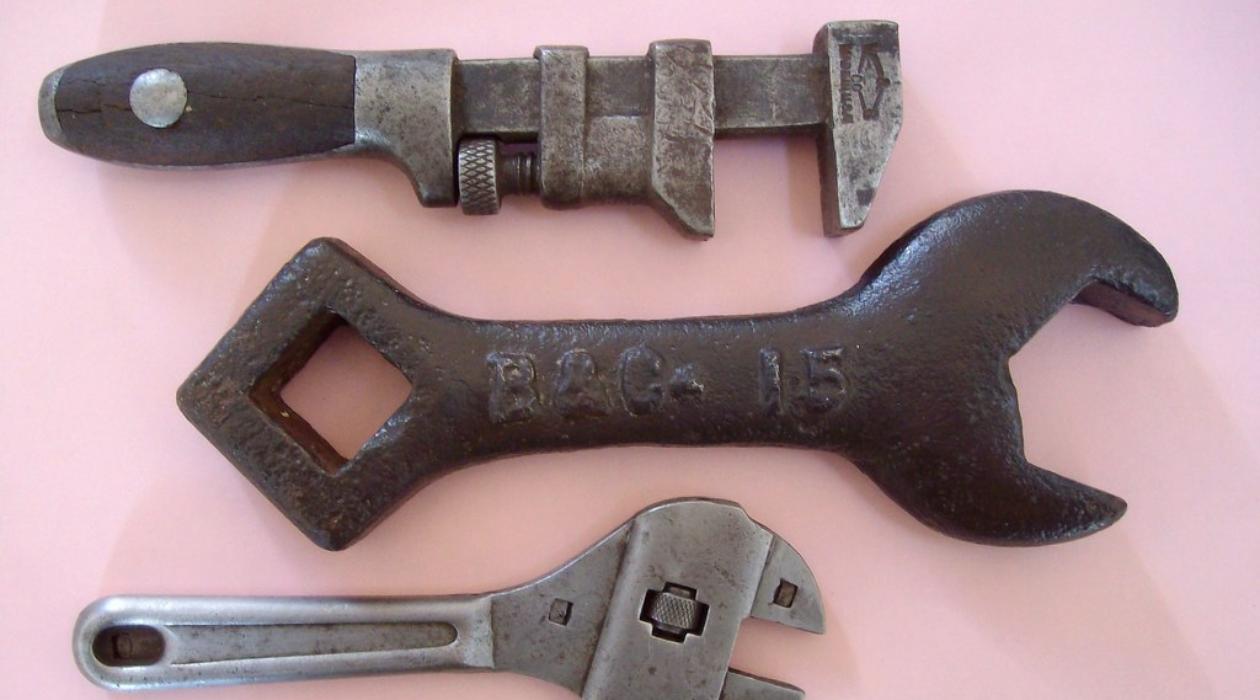
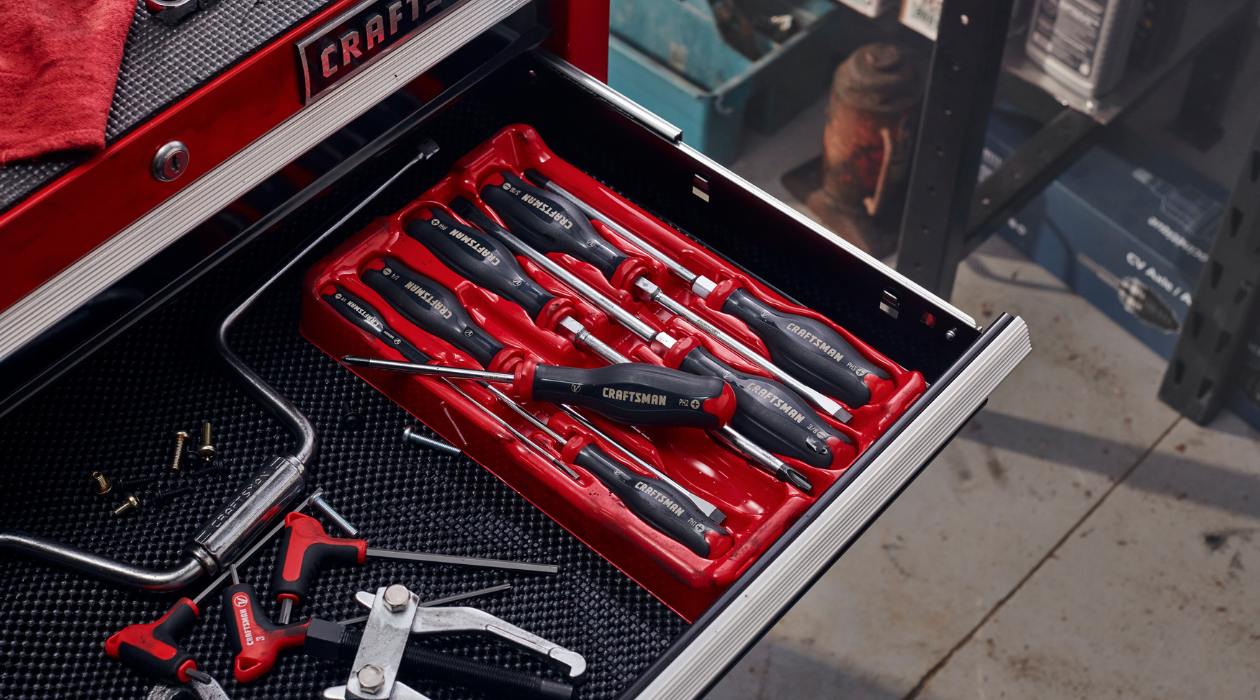
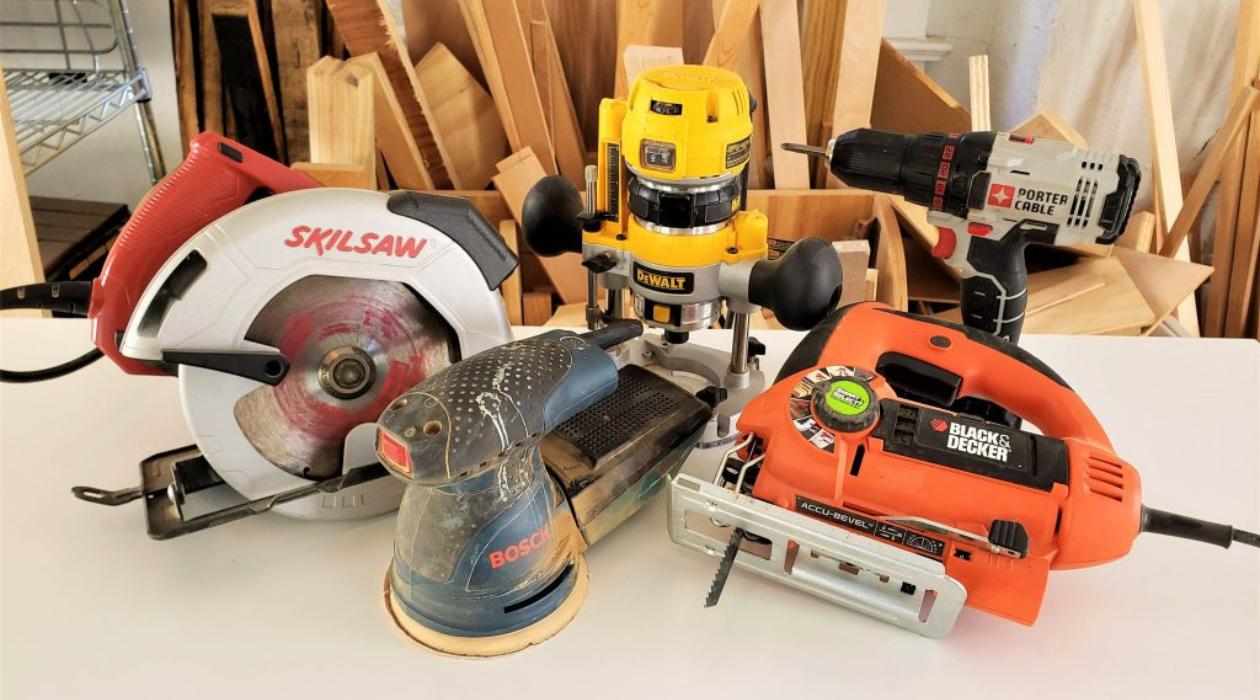
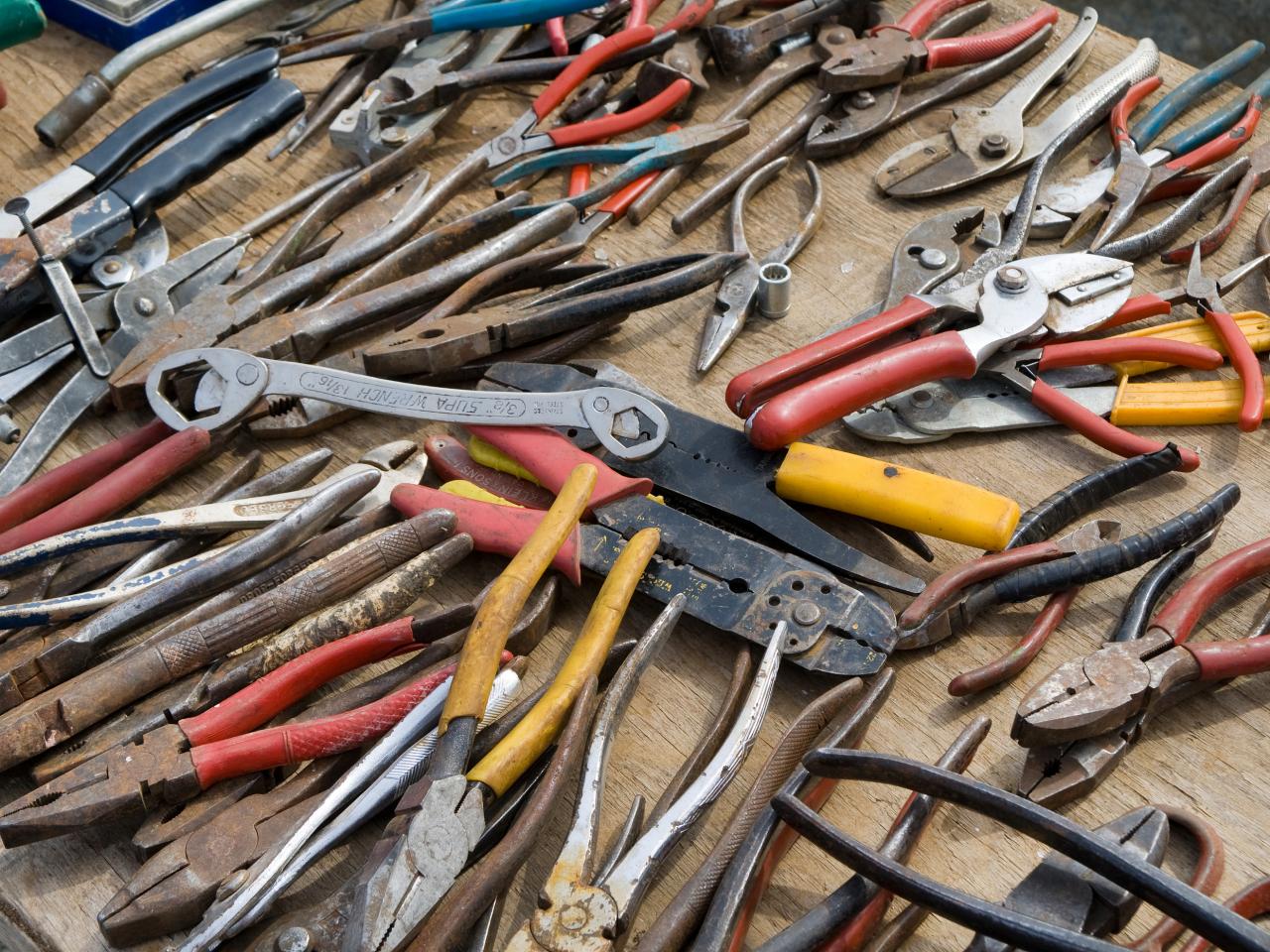

0 thoughts on “Where Are Makita Hand Tools Made”